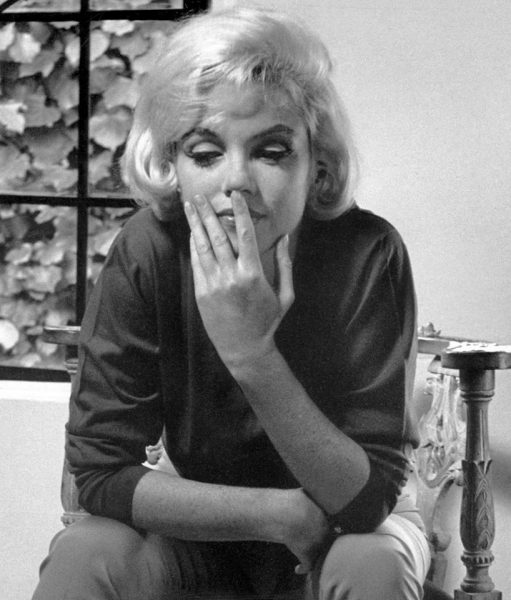
Theologian Gerald McDermott has written an article about Marilyn’s stutter for the multi-faith website Patheos, suggesting that the iconic breathy voice she used in her movies helped her to control it.
“If stuttering was a recurring pattern in this troubled actress’s life, how was she able to perform? How did she become such a famous movie star that people are now surprised to hear that she was a stutterer? The answer is not crystal clear, but there are strong clues.
We know that for many of her years in Hollywood Marilyn had an acting coach named Natasha Lytess, who taught the young actress to breathe and move her lips before she actually spoke. A focus on breathing helps many stutterers. But Natasha also instructed Marilyn to enunciate every syllable, especially final consonants.
This exaggerated diction might have helped distract Marilyn, as stutterers are sometimes helpfully distracted, from her problem with starting words. But at the same time the staccato style can produce a stopping and starting that makes it more likely the speaker will block on words starting with difficult consonants or vowels.
We also know that in the 1950s ‘breathy breathing’ was a popular therapy among speech therapists. Charles Van Riper, for example, taught stutterers to slow down speech and prolong their words, and to use gentle breathing.
Wherever she learned it, this method worked for Marilyn most of the time. She made many movies, and her stutter was never readily apparent once the movies got to the screen. Quite the contrary, in fact. Her breathy speech became famous, and in fact is known today among speech therapists as a technique called the ‘Marilyn Monroe voice.'”